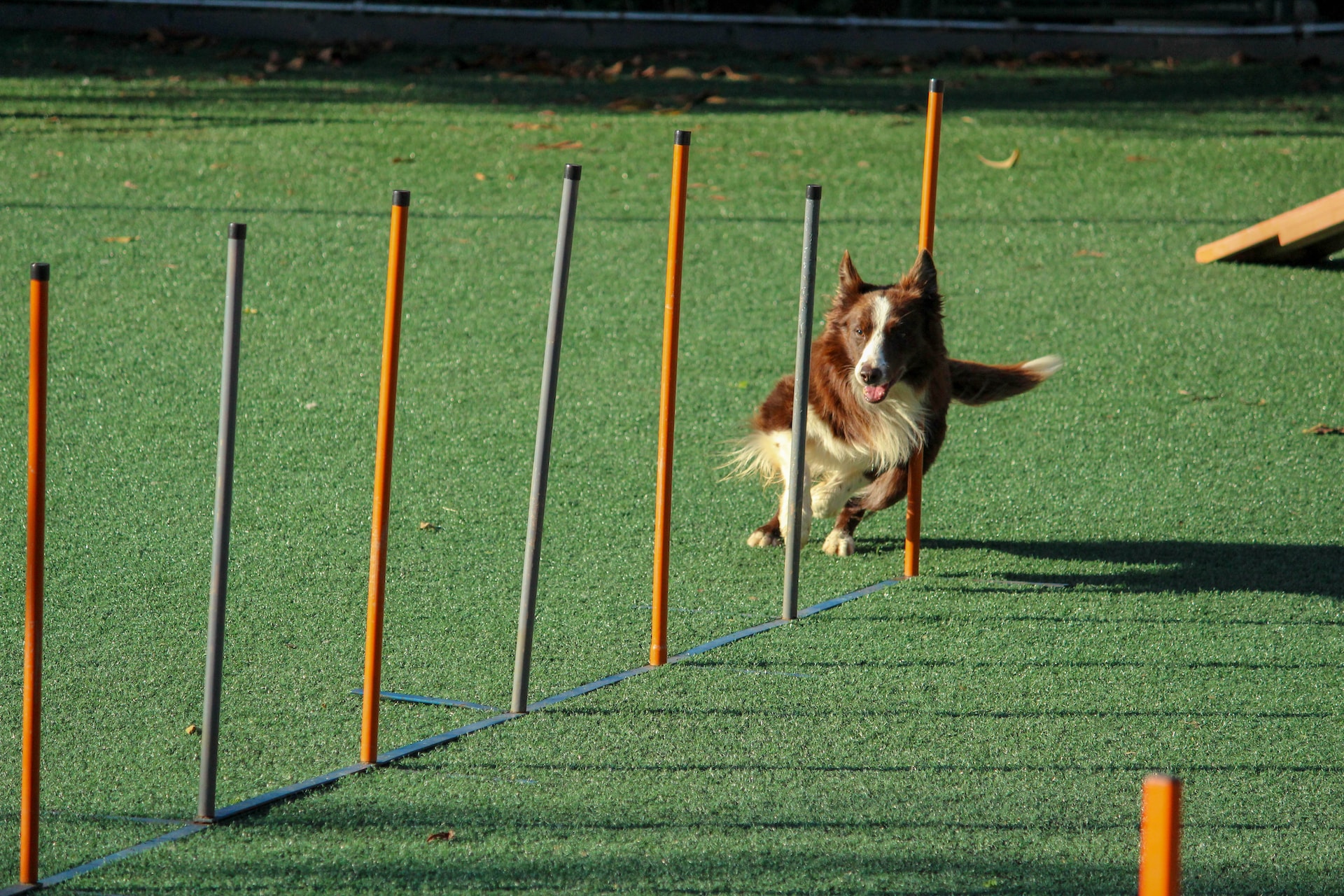Dogs need physical activities that allow them to embrace their inherent traits and act on their instincts. Besides keeping them at a healthy weight, daily exercise keeps joints lubricated and strengthens the muscles that support them.
It also improves cardiovascular health and can prevent heart disease by promoting blood circulation.
Cardiovascular Health
It is required to exercise your dog regularly for many reasons, including improving their cardiovascular health. Exercise helps to maintain a healthy body weight, relieves stress and promotes positive emotions. It also strengthens muscles and lubricates joints. Training is essential to combating obesity in dogs, which can lead to various serious health issues.
All pets need regular exercise, regardless of age, breed, or physical condition. Even older, less active dogs will benefit from daily walks or other low-impact activities that keep their heart rate high. Pet pain medication and other treatments can help even those with arthritic joint problems to continue their favorite activities.
According to research, people who own dogs get more physical activity than those without a dog. Walking your dog is a great exercise way for you and your pet.
Your veterinarian will help you create an exercise program appropriate for your dog’s age, size, and energy level. Start slowly and increase the intensity and duration of your dog’s daily workouts if your dog is new to physical activity. Remember, too much exercise can cause skeletal damage and lead to overtraining.
Strengthening Muscles
Just like humans, dogs need to exercise in a variety of ways. Taking a few long walks (cardiovascular exercise) is not enough. They need to also get some strength training and flexibility exercises in their daily routine.
Adding resistance or core strengthening exercises helps build muscle tone and strengthen bones. These exercises are very helpful in older dogs or those with health conditions like arthritis since they help to reduce falls and keep muscles strong and flexible. They can even help improve balance, proprioception and coordination in puppies.
While these exercises are fun and beneficial for dogs of all ages, they should always be done under the supervision of an experienced trainer or veterinarian to ensure your dog is safe. You observe your dog for signs of fatigue or stress, such as swaying the hind end when they move or difficulty transitioning from one position to another, such as sitting to standing.
Getting your dog in a cardiovascular exercise routine, strength training, and flexibility exercises can benefit them for the rest of their lives. Exercise keeps the body healthy, reduces the risk of health issues, and strengthens your bond. It’s also a great way to spend time with your pup and have fun!
Mental Stimulation
Dogs who don’t get enough physical exercise can become bored and act out in undesirable ways. This is especially true of herding breeds, who need daily mental stimulation to stay focused and active.
Regular exercise allows dogs to release pent-up energy and burn off excess calories. This helps dogs avoid many health problems, including joint & bone issues, heart disease, and diabetes. It also decreases anxiety and improves behavior. Overly bored dogs often chew, lick and destroy furniture and other items in the house or may engage in other destructive behaviors.
In addition to a long walk or game of fetch, dog owners should include daily activities to stimulate their dogs mentally. This can be in the form of a play session with your pup, a game of hide-and-seek (if the weather permits), a workout with a dog trainer or using brain games for dogs like puzzle toys.
Getting out and about on walks or trips to the dog park is also great for socializing your dog with other dogs and people, which can help reduce fearfulness and aggression. Indoor games like a game of hide-and-seek or teaching your dog tricks that require thinking and dexterity, such as opening doors or shaking hands, can help to build muscle and provide mental stimulation.
Weight Management
Dogs that maintain a healthy weight are less prone to arthritis and behavioral issues. Achieving this requires more than just good nutrition; regular exercise is also critical.
Ideally, dogs should be given one hour of exercise a day. This amount of activity can be achieved through walking. Start slowly, and when your pet is comfortable, increase the time and distance of your walks. This is a great way to spend quality time with your pup and get them some fresh air!
Walking can also be an effective exercise for older pets and help them reach their recommended daily physical activity levels. This is a great way to keep their joints lubricated and strong, allowing them to move more freely.
Obesity is a serious problem for many dogs, and if not managed, it can result in several health problems, including arthritis, heart disease and diabetes. In addition, overweight pets are at greater risk of anesthesia and surgery.
Obesity is a complex issue that can be challenging to manage. However, if your dog is overweight, it’s important to talk to your vet, who can advise you about a weight management plan specific to your pet. This will likely involve dietary energy restriction and a purpose-formulated diet. The most common causes of obesity are overfeeding (including table scraps) and inactivity, but other factors can also contribute, such as sex and age.

